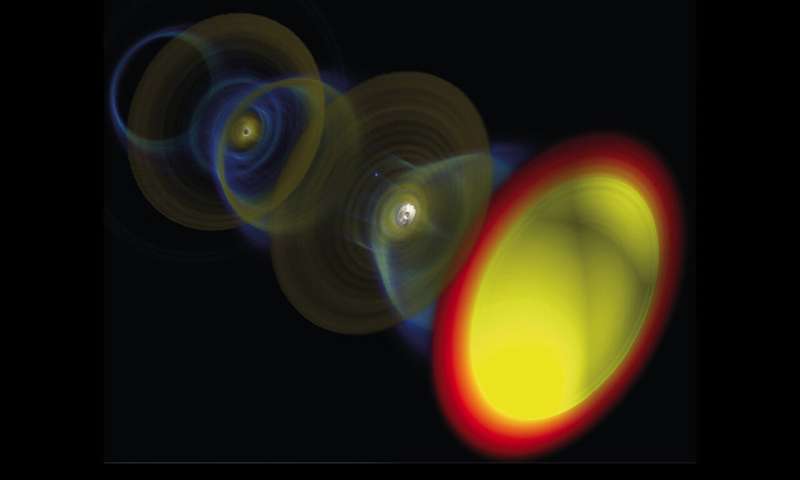This article has been reviewed according to Science X's editorial process and policies. Editors have highlighted the following attributes while ensuring the content's credibility:
fact-checked
peer-reviewed publication
trusted source
proofread
Scientists propose super-bright light sources powered by quasiparticles

An international team of scientists is rethinking the basic principles of radiation physics with the aim of creating super-bright light sources. In a new study published in Nature Photonics, researchers from the Instituto Superior Técnico (IST) in Portugal, the University of Rochester, the University of California, Los Angeles, and Laboratoire d'Optique Appliquée in France proposed ways to use quasiparticles to create light sources as powerful as the most advanced ones in existence today, but much smaller.
Quasiparticles are formed by many electrons moving in sync. They can travel at any speed—even faster than light—and withstand intense forces, like those near a black hole.
"The most fascinating aspect of quasiparticles is their ability to move in ways that would be disallowed by the laws of physics governing individual particles," says John Palastro, a senior scientist at the Laboratory for Laser Energetics, an assistant professor in the Department of Mechanical Engineering, and an associate professor at the Institute of Optics.
Palastro and his colleagues studied the unique properties of quasiparticles in plasmas by running advanced computer simulations on supercomputers available through the European High-Performance Computing Joint Undertaking. They see promising applications for quasiparticle-based light sources including non-destructive imaging to scan for viruses, understanding biological processes like photosynthesis, manufacturing computer chips, and exploring the behavior of matter in planets and stars.
"The flexibility is enormous," says Bernardo Malaca, a doctoral student at IST and the study's primary author. "Even though each electron is performing relatively simple movements, the total radiation from all the electrons can mimic that of a particle moving faster than light or an oscillating particle, even though there isn't a single electron locally that's faster than light or an oscillating electron."
Quasiparticle-based light sources could have a distinct advantage over existing forms, like free electron lasers, which are scarce and massive, making them impractical for most laboratories, hospitals, and businesses. With the theory proposed in the study, quasiparticles could produce incredibly bright light with just a tiny distance to travel, potentially sparking widespread scientific and technological advances in labs across the globe.
More information: Bernardo Malaca et al, Coherence and superradiance from a plasma-based quasiparticle accelerator, Nature Photonics (2023). DOI: 10.1038/s41566-023-01311-z. www.nature.com/articles/s41566-023-01311-z
Journal information: Nature Photonics
Provided by University of Rochester





















